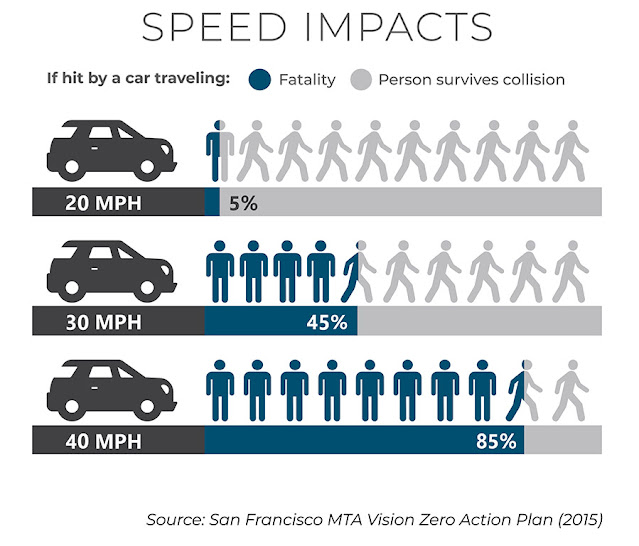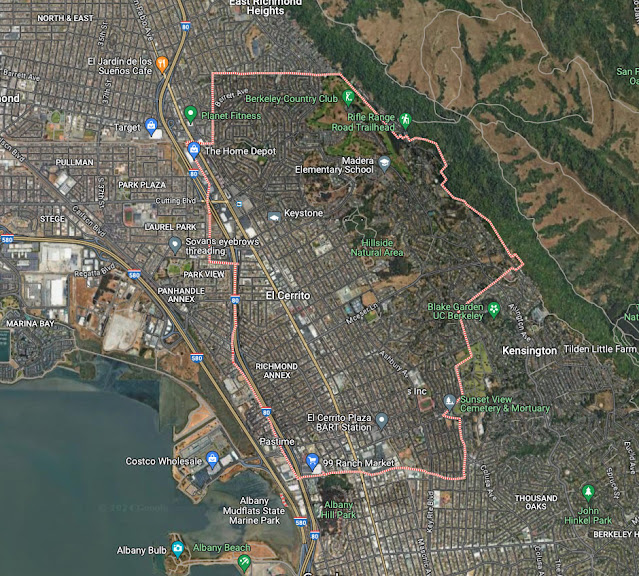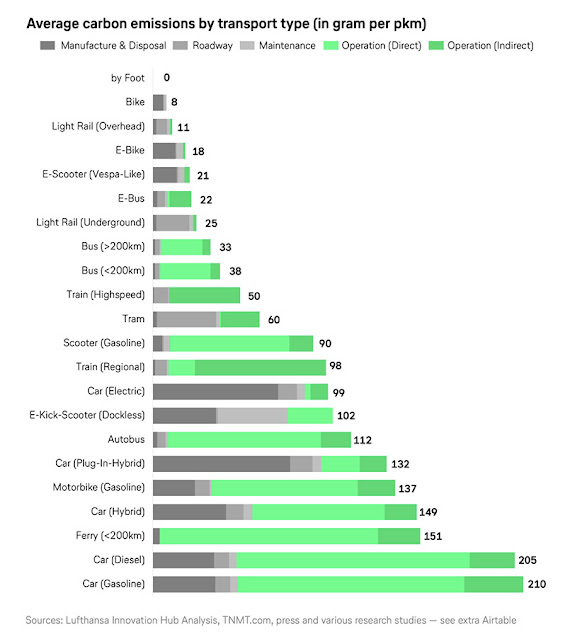The growing micromobility market

Mobility change is happening worldwide. In a new report , McKinsey & Company, a global management consulting firm, predicts big advances in the micromobility market between now and 2030. E-bikes are leading the way, especially in Europe. The majority of new bicycle sales in Germany and Netherlands are now for e-bikes. The United States as a whole may not be as robust in e-bike sales as Europe, yet our area is outside the norm, as seen around town. The growing number of electric cargo bikes is particularly noticeable. Now is the time to plan for El Cerrito and Richmond Annex's micromobility future. — Steve Price Top image: Micromobility, especially electric bicycles, is growing. Source: McKinsey & Company.





